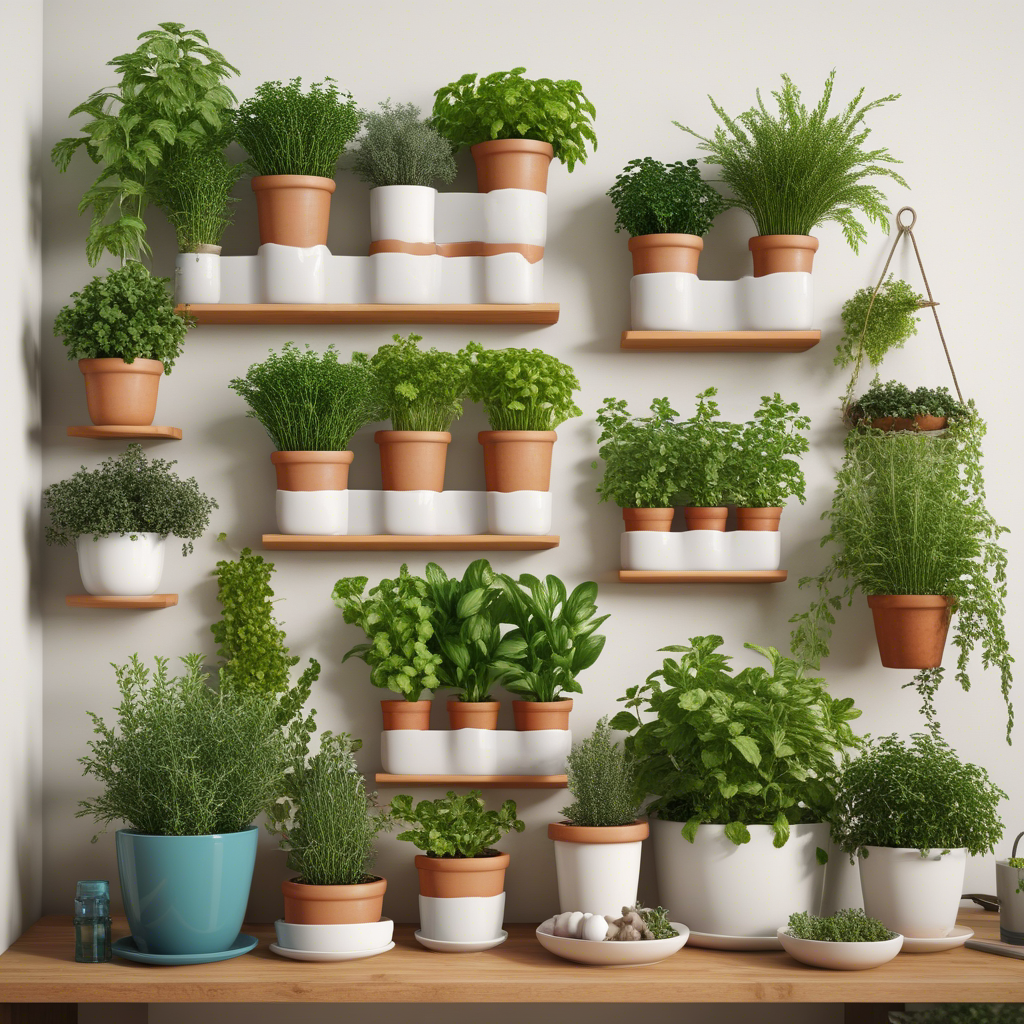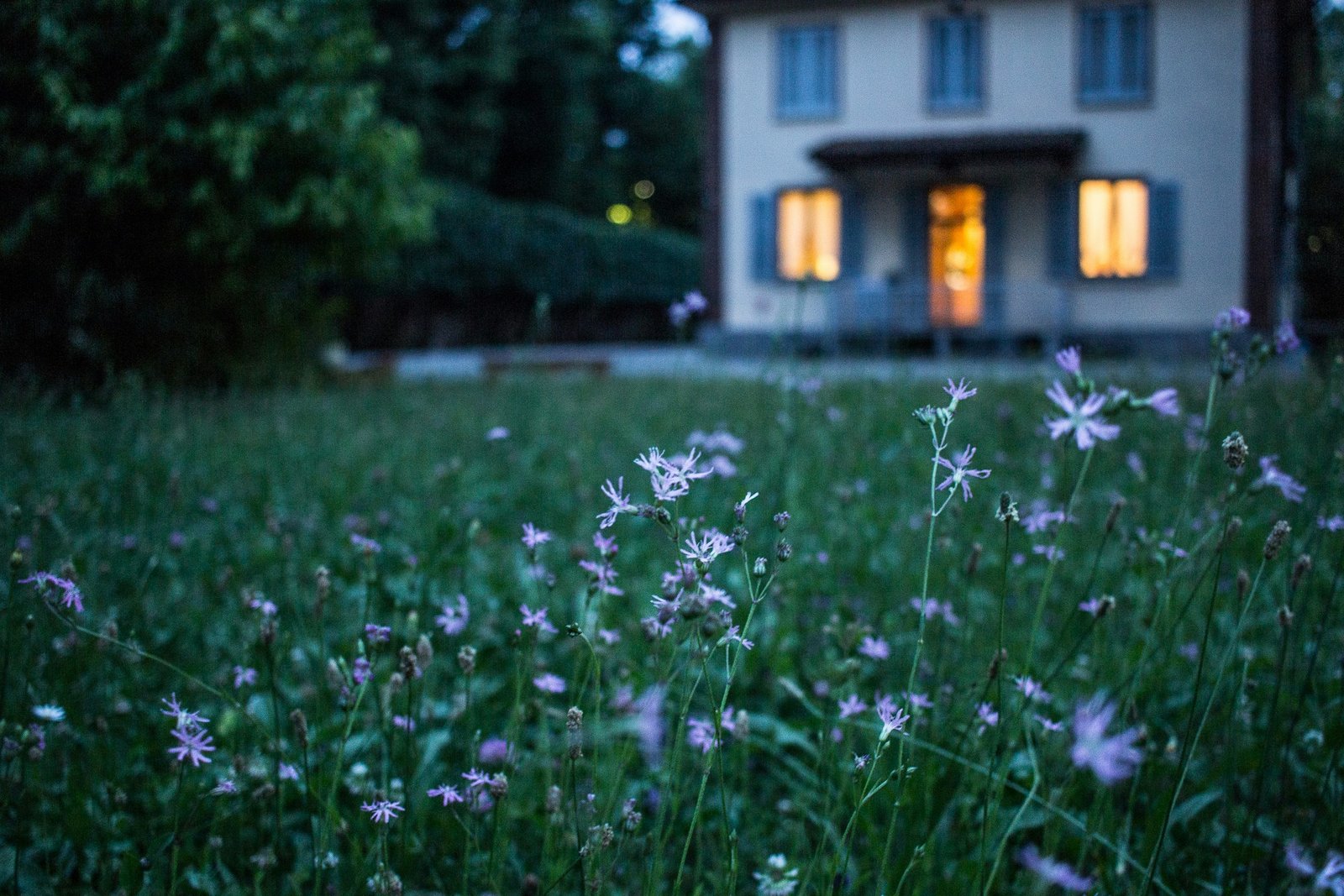Growing an indoor herb garden can be a rewarding and delicious experience, providing you with fresh herbs all year round. Not only do indoor herb gardens add a touch of greenery to your home, but they also offer a convenient way to add flavor and fragrance to your cooking. In this article, we’ll take you through the ultimate guide to growing a thriving indoor herb garden, covering everything from choosing the right herbs to caring for your plants.
Choosing the Right Herbs
When it comes to selecting herbs for your indoor garden, there are a few things to consider. Some herbs are better suited to indoor growing conditions than others, so it’s essential to choose varieties that thrive in low-light conditions and can tolerate indoor temperatures.
Here are some popular herbs that do well in indoor gardens:
- Basil
- Mint
- Chives
- Parsley
- Rosemary
- Thyme
- Oregano
- Sage
Container Options
When it comes to choosing a container for your indoor herb garden, there are many options available. You can use traditional pots, hanging baskets, or even a self-watering planter. Consider the size of your space and the amount of light your herbs will receive when selecting a container.
Here are a few container options to consider:
- Small pots (6-8 inches deep) for individual herbs
- Large pots (12-18 inches deep) for multiple herbs
- Hanging baskets for trailing herbs like mint and oregano
- Self-watering planters for low-maintenance care
Soil and Fertilizer
When it comes to soil and fertilizer for your indoor herb garden, it’s essential to choose a well-draining potting mix specifically designed for indoor plants. Avoid using garden soil from your outdoor garden, as it can compact and prevent proper drainage.
For fertilizer, consider using a balanced, water-soluble fertilizer (20-20-20) during the growing season (spring-fall). Dilute the fertilizer to half the recommended strength to avoid burning your herbs’ roots.
Lighting
Lighting is one of the most critical factors in growing a thriving indoor herb garden. Most herbs require at least 4-6 hours of direct sunlight per day, but some can tolerate low-light conditions. Consider using grow lights if your space doesn’t receive enough natural light.
Here are some lighting options to consider:
- South-facing windows for direct sunlight
- East- or west-facing windows for partial sunlight
- Grow lights for low-light conditions
Watering
Watering is another crucial aspect of caring for your indoor herb garden. Overwatering can lead to root rot and underwatering can cause stress to the plants. Check the soil moisture by sticking your finger into the soil up to the first knuckle. If the soil feels dry, it’s time to water.
Here are some watering tips to keep in mind:
- Water your herbs in the morning to allow the plants to dry out slightly before nightfall
- Avoid getting water on the leaves to prevent fungal diseases
- Water at the base of the plant to encourage healthy root growth
Pruning and Harvesting
Pruning and harvesting are essential for maintaining the health and appearance of your indoor herb garden. Prune your herbs regularly to encourage bushy growth and prevent them from becoming leggy.
Here are some pruning and harvesting tips to keep in mind:
- Pinch off flower buds to encourage leaf growth
- Harvest your herbs regularly to promote new growth
- Use scissors or pinch off individual leaves to avoid damaging the stems
Pest Control
Pests can be a problem in indoor herb gardens, especially if you’re bringing plants in from outdoors. Check your plants regularly for signs of pests, such as whiteflies, spider mites, and mealybugs.
Here are some pest control tips to keep in mind:
- Inspect your plants regularly for signs of pests
- Use neem oil or insecticidal soap to control infestations
- Isolate infested plants to prevent the pests from spreading to other plants
Conclusion
Growing a thriving indoor herb garden requires attention to detail, but with the right care and maintenance, you can enjoy fresh herbs all year round. By choosing the right herbs, containers, soil, and fertilizer, and providing adequate lighting, watering, and pruning, you’ll be on your way to a lush and fragrant indoor herb garden. Happy growing!


